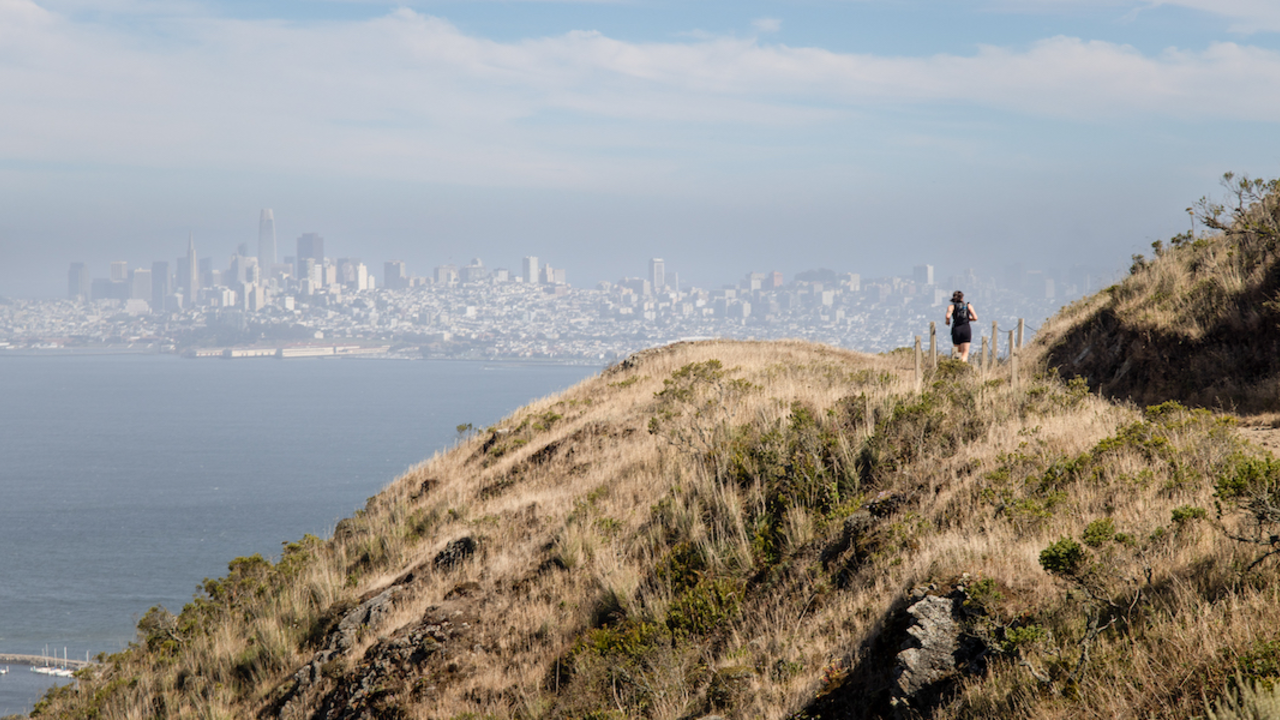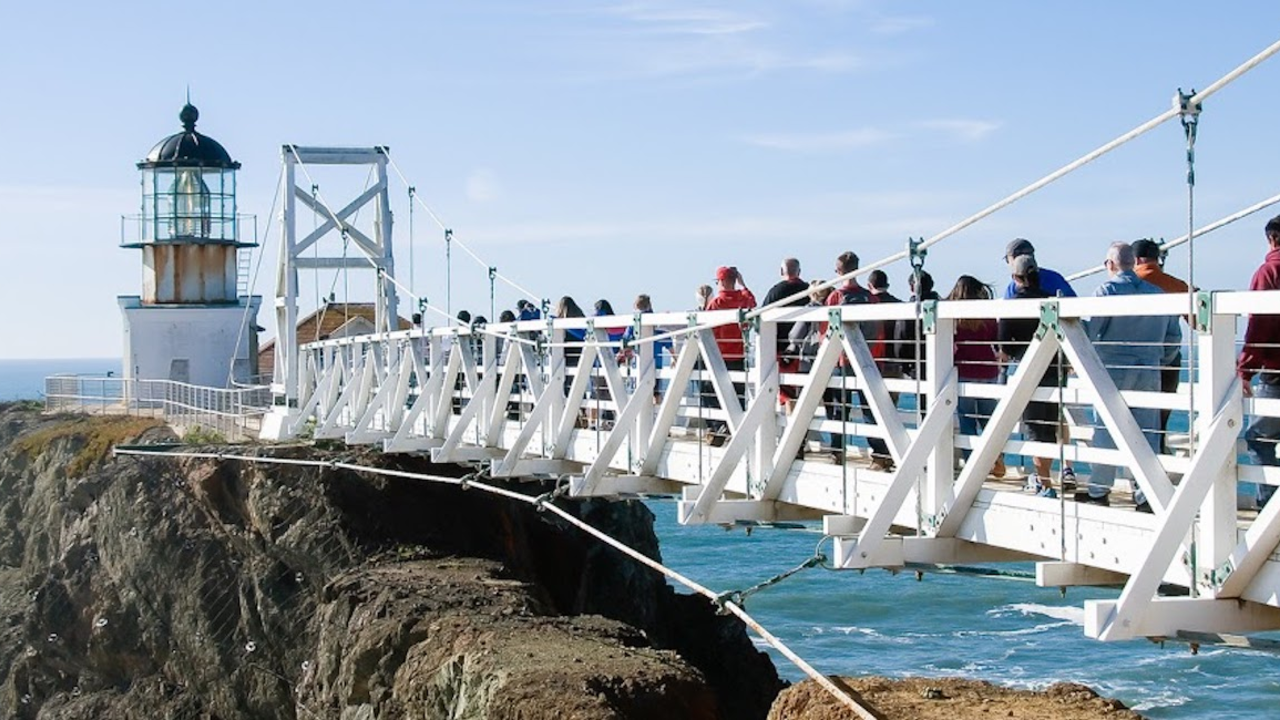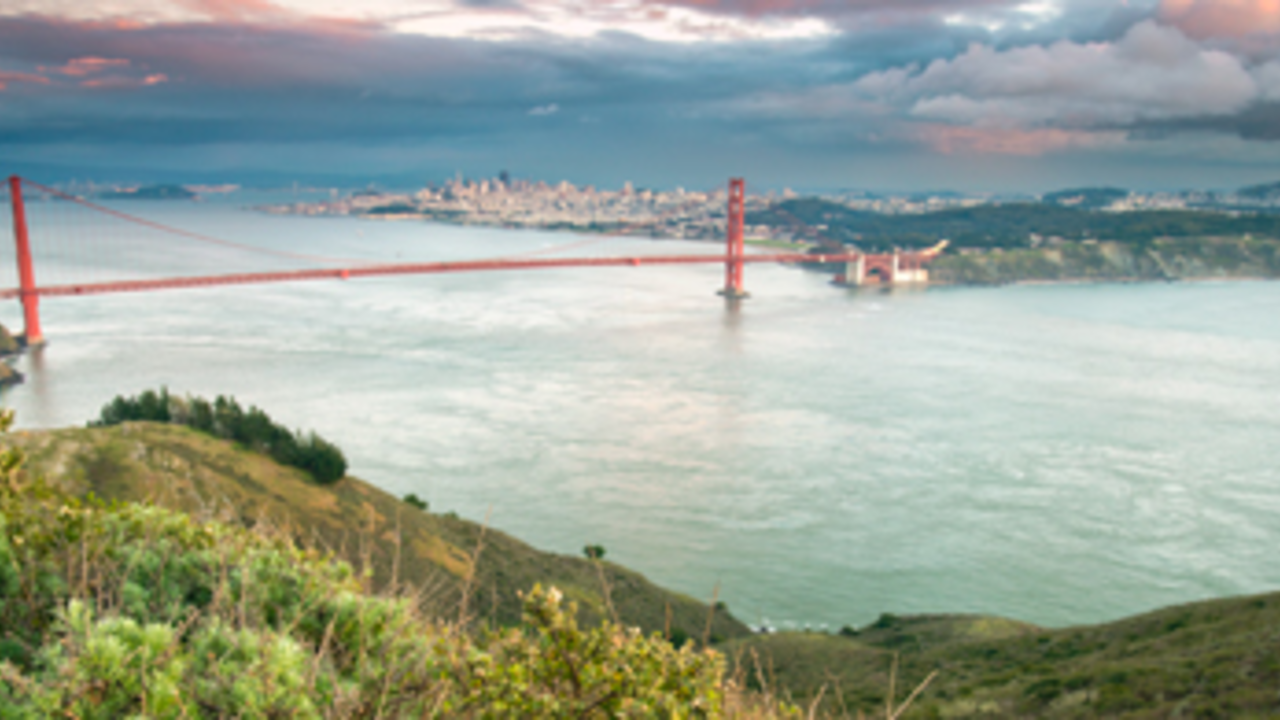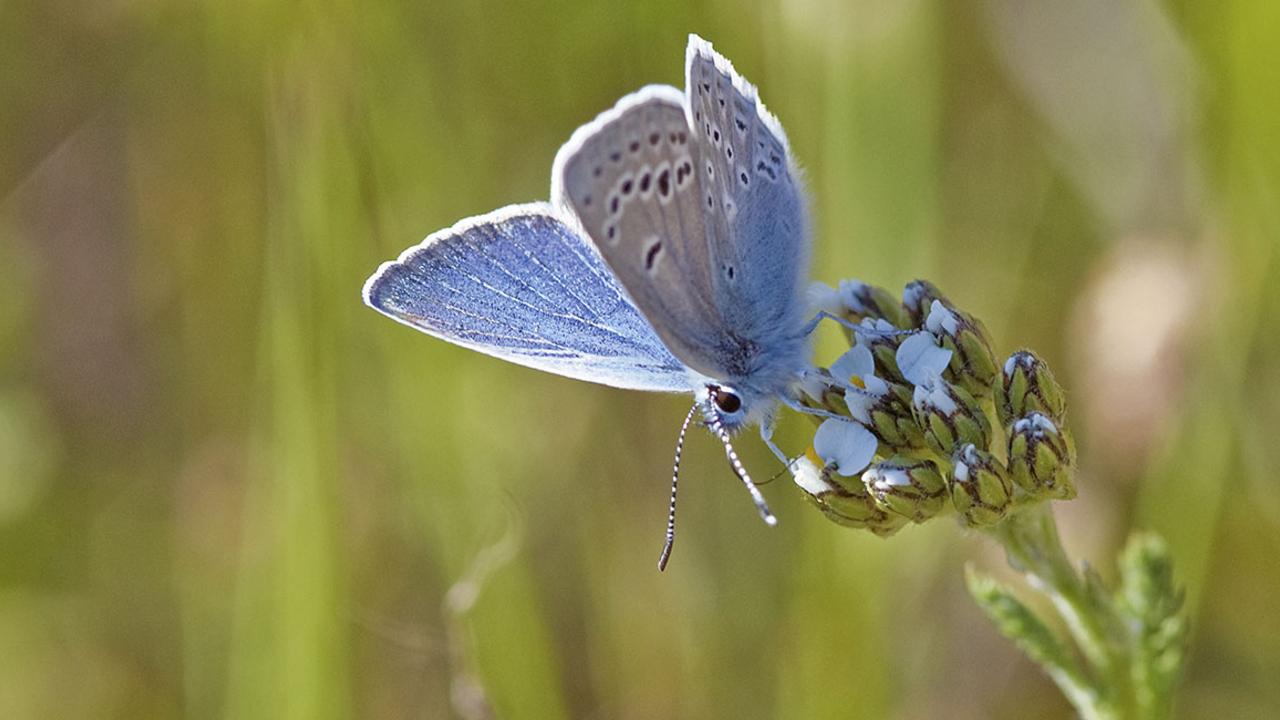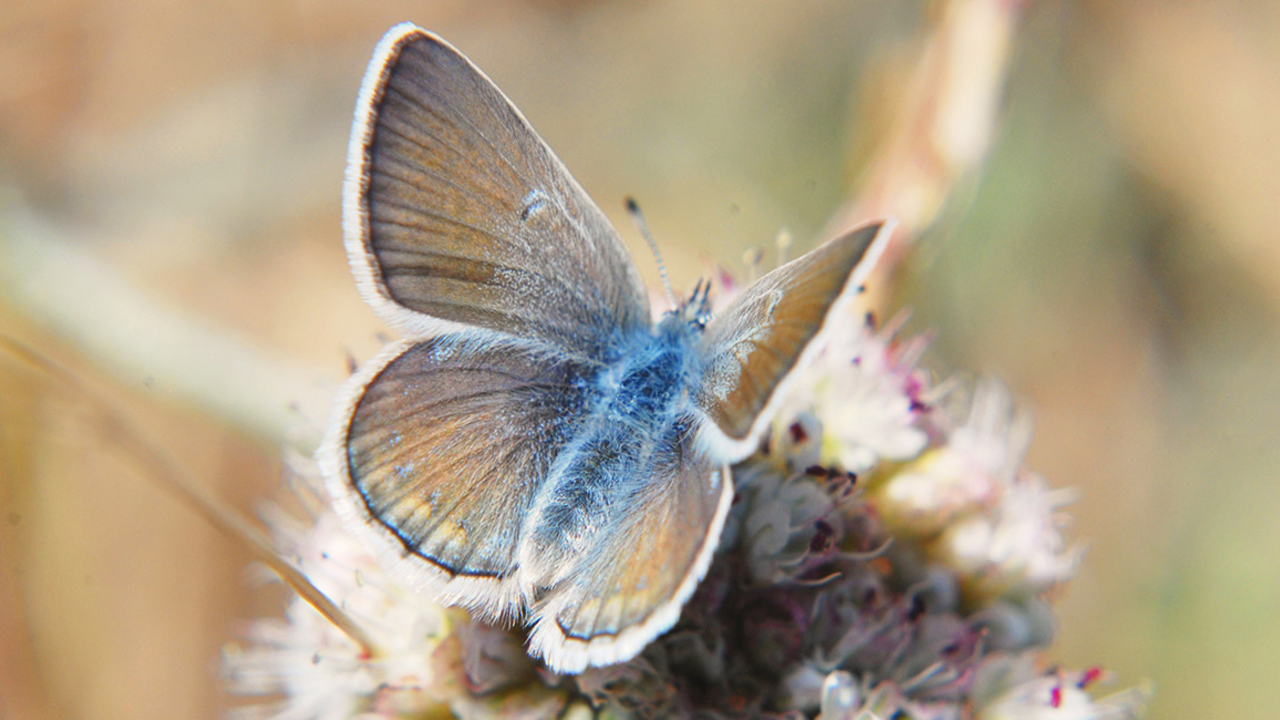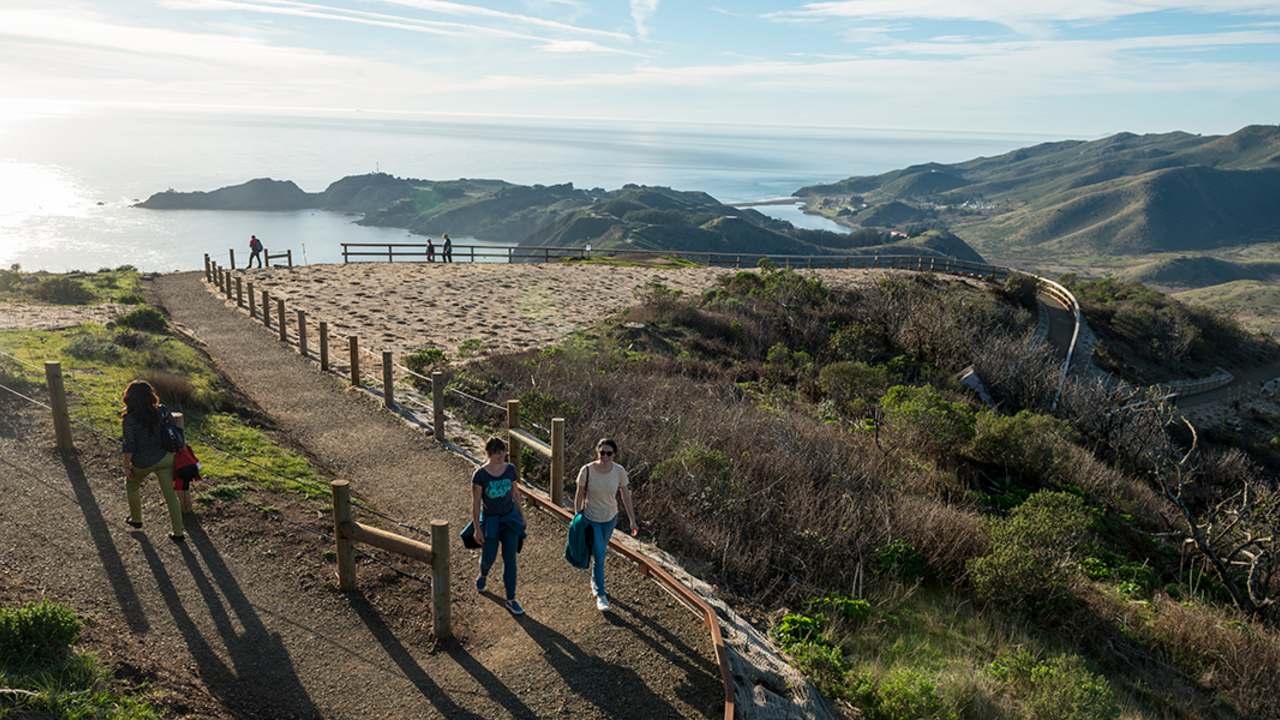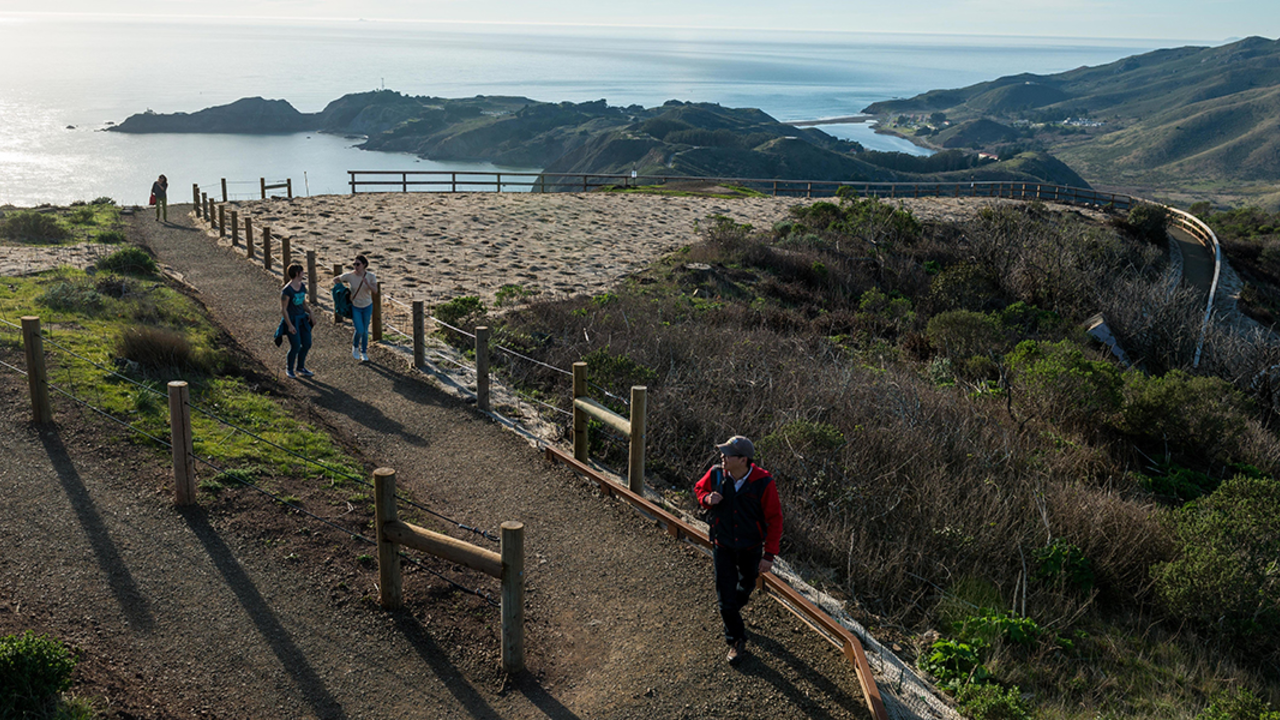Hawk Hill
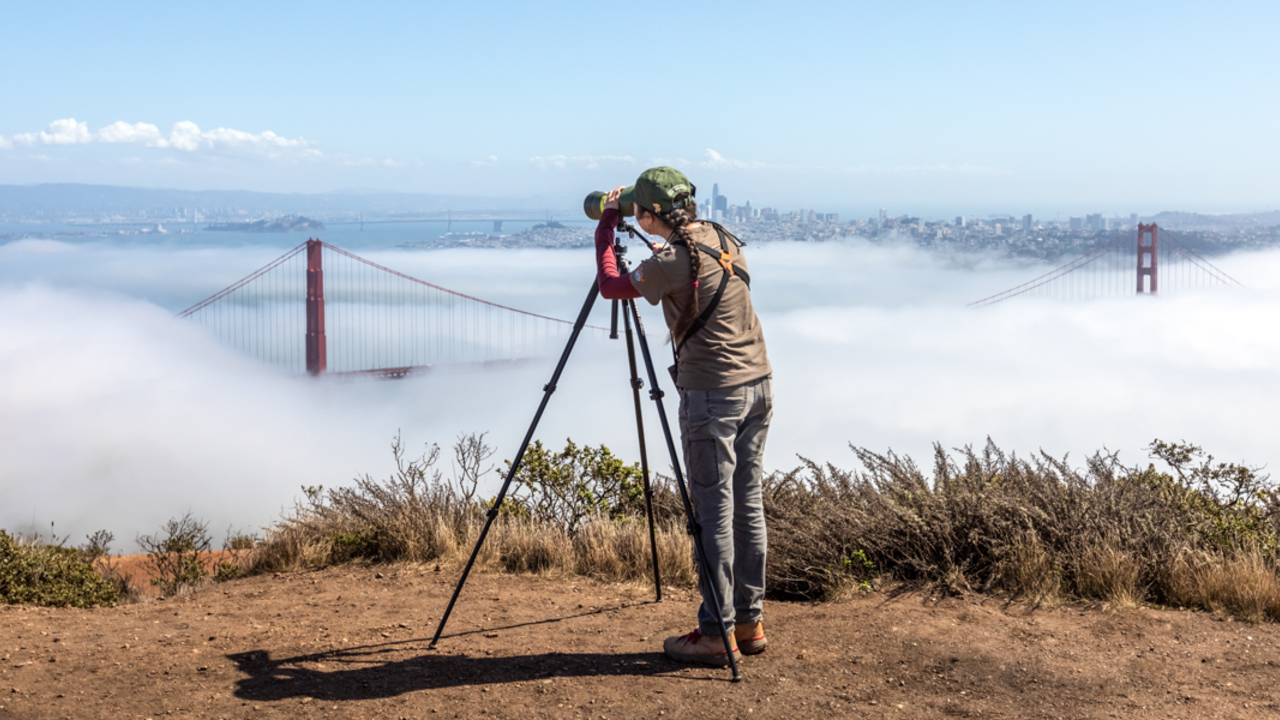
Kelly Sullivan / Parks Conservancy
Located in the heart of the Marin Headlands within the Golden Gate National Recreation Area (GGNRA), Hawk Hill is a destination renowned for its panoramic views, historic landmarks, and vibrant biodiversity. Rising 920 feet above the Bay, Hawk Hill offers visitors breathtaking sights of the Golden Gate Bridge, San Francisco, and the California coastline. The site is a hub for nature enthusiasts and history buffs, with opportunities to explore World War II and Cold War-era military remnants, learn about raptor migration through the Golden Gate Raptor Observatory’s research and the native habitat of the endangered Mission blue butterfly.
The Hawk Hill Visitor Improvement Project, led by the Golden Gate National Parks Conservancy in partnership with the National Park Service, addressed increasing visitor demand and critical habitat restoration needs. The third and final phase of the Project focused on improving accessibility and safety, enhancing wildlife-oriented recreation, restoring natural habitats, and rehabilitating historic structures. Key upgrades include accessible trails, educational signage, and native plant revegetation. These efforts ensure that Hawk Hill remains an inclusive, safe, and enriching space for visitors while safeguarding its unique cultural and natural resources.
The Project provides universally accessible trails, enhanced wildlife observation areas, rehabilitated WWII and Cold War-era structures, and expanded opportunities for environmental education for visitors to Hawk Hill.
This work has been made possible through funding support from federal and state partners, including the California State Coastal Conservancy, as well as a Centennial Act contribution and Partner match from the Golden Gate National Parks Conservancy.
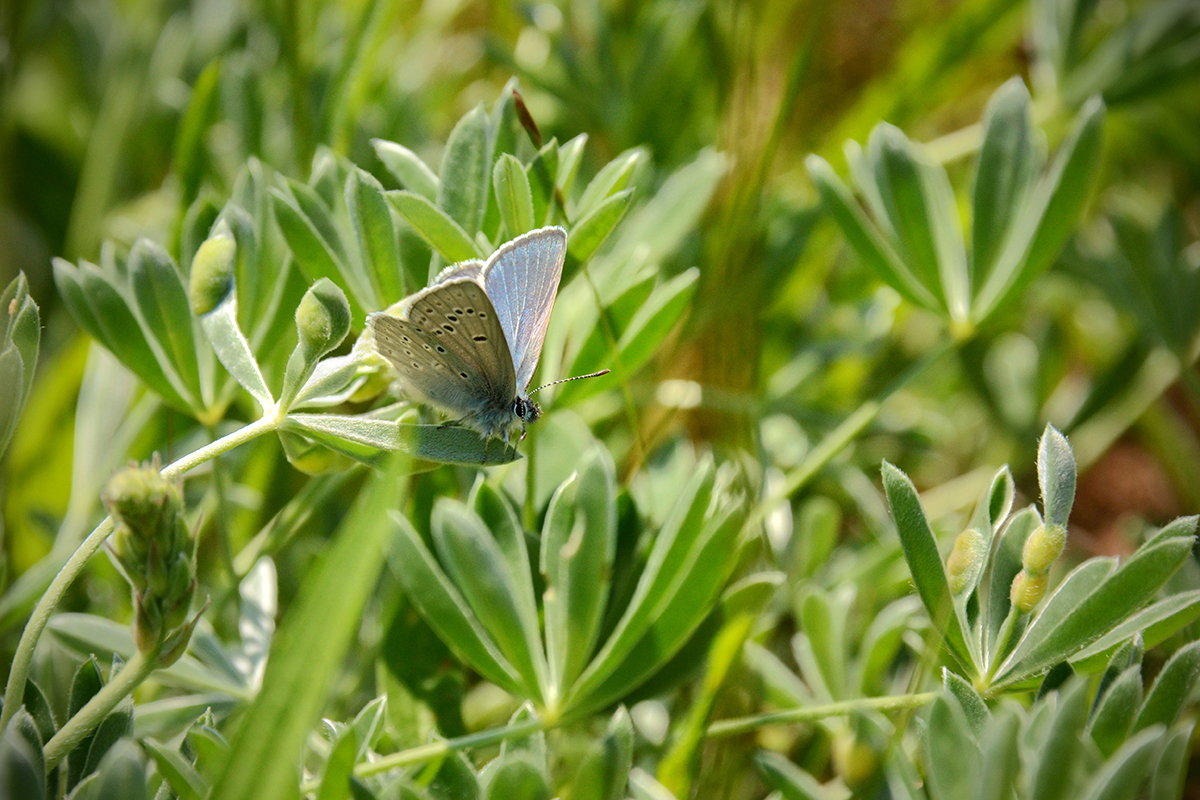
Setting the Stage
In 2011 and 2012, Monterey cypress trees and other invasive species were removed and native species were planted to restore approximately six acres of coastal scrub and prairie habitats. Key historic resources were also stabilized and protected. These efforts have been maintained by ongoing invasive plant removal and native species plantings in the years since.
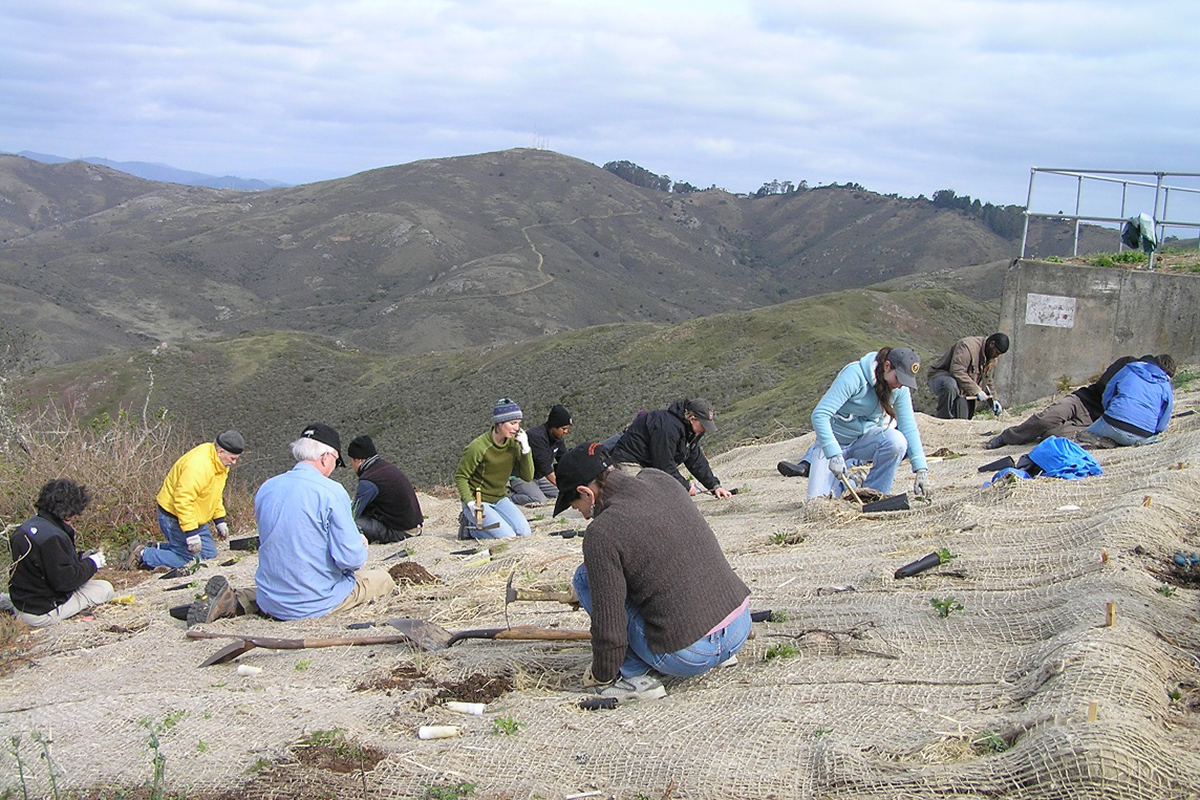
Phase I – Completed in 2017
The first official phase of this project created an outdoor-accessible trail that connects the Coastal Trail to the hilltop and offers places to rest and take in the incredible views. The existing Hawk Hill Trail and adjacent social trails were decommissioned and restored with native plants. The area above Casemate 1 (one of two structures that house the historic gunpits) was recontoured and restored to native habitat.
Phase II – Completed in 2021
The second phase created a new accessible loop starting at the parking area on Conzelman Road, going through the three tunnels and past two enhanced overlooks at the casemates with sweeping views of the Point Bonita Lighthouse, the Pacific Ocean, and the Marin Headlands. New visitor amenities include vault toilets, seating, bike racks, and trash cans. In addition, the unsafe historic air shaft and fuel tanks have been sealed and existing damaged railings were replaced.
Phase III – Completed in 2025
The third phase of this project focused on rehabilitating the hilltop’s historic Battery Commander Station, providing improved overlooks, seating, and visitor access, and adding important safety features. The project capped off with new interpretive elements to share the site’s role in raptor migration, Mission blue butterfly protection, and U.S. military history.
Learn more about this project at the National Park Service's project page.
